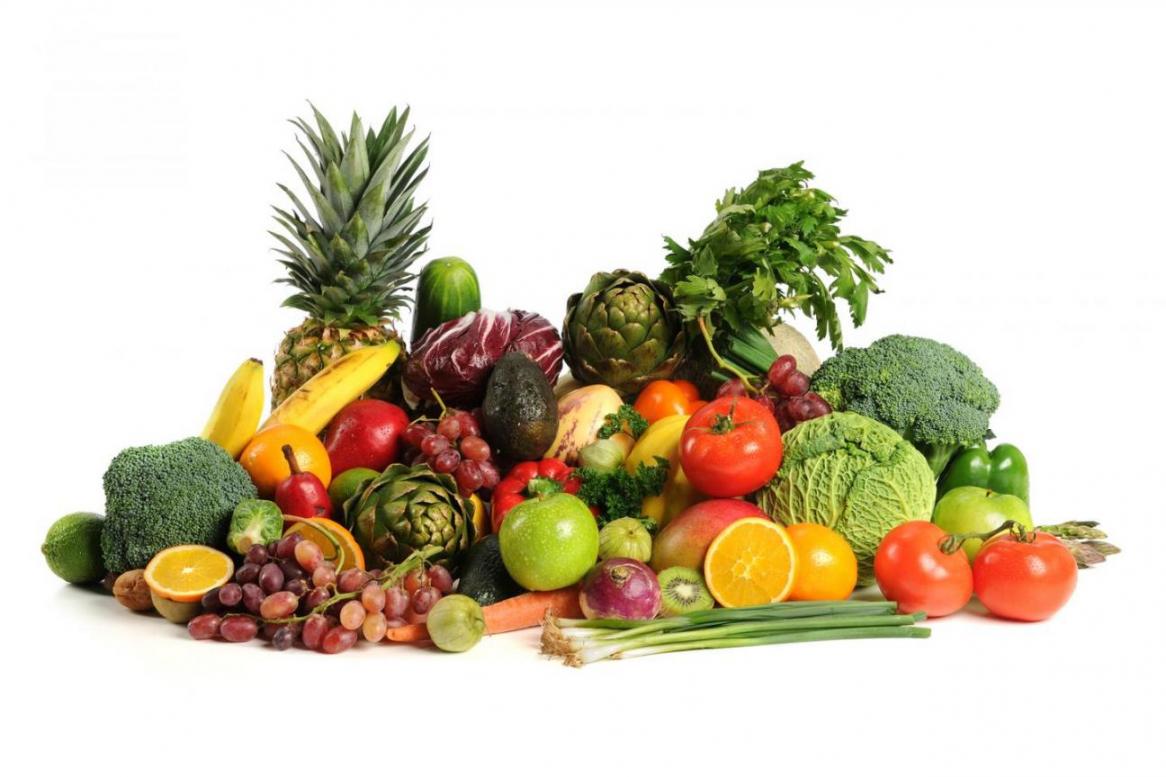Left to their own devices, most kids will choose to gobble down ice cream or chocolate rather than broccoli or brussels sprouts. So, at school lunch, they’ll likely eat the yummiest items first and then drop the rest in the trash. But a new study finds that kids eat more fruits and vegetables when school recess takes place before lunch, rather than after.
“Recess is a pretty big deal to kids,” said lead researcher Joe Price, an associate professor in the Department of Economics at Brigham Young University in Provo, Utah. “If you’re going to make a kid choose between going to recess and eating their veggies, recess is going to win.”
The study, led by Price and David Just, director of the Cornell Center for Behavioral Economics in Child Nutrition Programs at Cornell University in Ithaca, New York, looked at seven elementary schools in a Utah school district. Three of the schools switched recess to before lunch, while four schools continued to hold recess after lunch. For four days in the spring and nine days in the fall, the researchers measured how many fruits and vegetables each student ate during lunch. The three schools that made the switch did so in the fall, says an article in livescience.com
Switching Recess
In the schools that switched recess to before lunch, children ate 54 percent more fruits and vegetables than they did before the switch, the researchers found. Moreover, there was a 45% increase in the number of kids who ate at least one serving of fruits and vegetables a day. But in schools that kept recess after lunch, children actually ate fewer fruits and vegetables as the year went on.
This new study shows that “it’s not just what’s on the tray that matters,” Price told Live Science. Rather, “by setting the scheduling right, you can have a big impact.” He also speculated that switching recess to before lunch helps kids build up an appetite immediately before they sit down to eat.
As an added bonus, the switch also reduced waste by roughly 40%, the researchers found. The results should be encouraging for most schools because “it means that you can end up with more items in the tummy rather than in the trash,” Price said.
Children’s growing bodies require good nutrition, and fruits and vegetables contain a multitude of vitamins, minerals and other healthy compounds. Citrus fruits and strawberries are rich in immune system-boosting vitamin C, carrots are loaded with eye-healthy vitamin A and spinach is a good source of iron, a mineral that helps prevent anemia. According to DrGreene.com, apples contain 16 different polyphenols, which are antioxidants with health-promoting properties. Eating fruits and vegetables in a rainbow of colors will provide a wide range of nutrients that help keep kids healthy.
The findings will be published in February in the journal Preventive Medicine.


